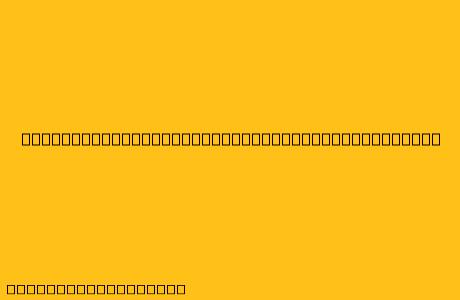A Comprehensive Guide to English Letter Structure
Writing an effective letter is crucial for formal and professional communication. Understanding the structure of a letter in English is essential for conveying your message clearly and professionally. This guide provides a step-by-step breakdown of the common elements found in English letters:
1. Heading
The heading of a letter typically includes the following:
- Your Name: Write your full name at the top left corner.
- Your Address: Include your street address, city, state, and zip code.
- Date: Place the date on the right side of the page, aligned with your name and address. Use the standard US format (Month Day, Year), such as: February 14, 2024.
2. Inside Address
This section contains the recipient's information, including:
- Recipient's Name: Use the individual's name if known. Otherwise, use the company or organization's name.
- Recipient's Title: Add the recipient's title, such as "Mr.", "Ms.", "Dr.", or "Professor."
- Recipient's Address: Include the street address, city, state, and zip code.
3. Salutation
The salutation is a polite greeting that addresses the recipient directly. Use the following format:
- Formal: "Dear [Recipient's Name],"
- Informal: "Dear [Recipient's First Name],"
- Unknown Recipient: "To Whom It May Concern:"
4. Body
The body of the letter is where you present your message. It should be divided into paragraphs to organize your thoughts and make it easier for the reader to follow. Here are some tips for writing the body:
- Be clear and concise: Use simple language and avoid using jargon.
- Be specific: Provide details and avoid making generalizations.
- Be polite and professional: Maintain a respectful tone throughout the letter.
- Keep it focused: Stick to the purpose of the letter.
5. Closing
The closing is a brief phrase used to end the letter. Common closings include:
- Formal: "Sincerely," or "Respectfully,"
- Informal: "Best regards," or "Thank you,"
6. Signature
Sign your name below the closing, leaving enough space for your handwritten signature.
7. Enclosures (Optional)
If you are sending any documents with the letter, include a line that indicates the enclosures. For example: "Enclosed: Resume"
Example of a Formal Letter
Here's an example of a formal letter following the structure discussed above:
[Your Name]
[Your Address]
[City, State, Zip Code]
[Date]
[Recipient's Name]
[Recipient's Title]
[Company Name]
[Recipient's Address]
[City, State, Zip Code]
Dear [Recipient's Name],
[Body of the letter]
Sincerely,
[Your Signature]
[Your Typed Name]
Conclusion
Understanding the structure of English letters is essential for effective communication. By following these guidelines, you can ensure your letters are clear, concise, and professional. Remember to tailor your letter to the specific audience and purpose. Practice writing different types of letters to gain confidence and develop your skills.
